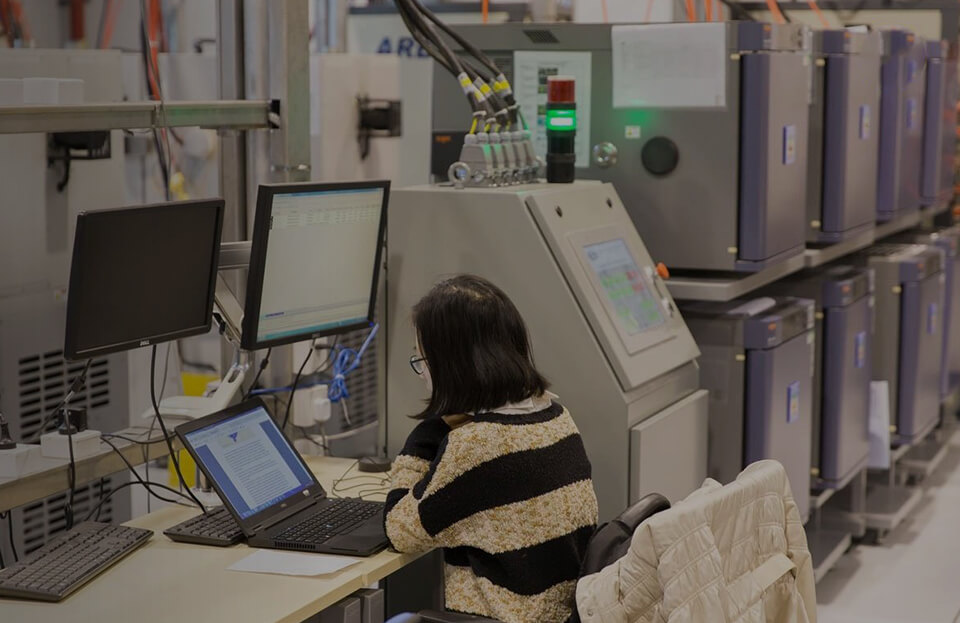Jan 2,2025.
The composition of lithium-ion batteries is more complex, mainly including positive/negative electrode plates, membranes, electrolytes, fluid collectors and binder, conductive agents, etc., involving reactions including electrochemical reactions of positive and negative electrodes, ionic and electronic conduction, and heat diffusion. The general process of lithium-ion battery manufacturing process is: the active substance, binder and conductive agent are mixed to prepare a slurry, and then coated on both sides of the copper or aluminum collector. After drying, the solvent is removed to form a dry electrode sheet. The electrode pellet coating is compacted and densified, and then cut or slitted. Then the positive/negative electrode sheet and the diaphragm are assembled into the battery cell, which is injected into the electrolyte after packaging, activated by charge and discharge, and finally formed the battery product. According to the shape of the core pack, it can be divided into square battery, cylindrical battery and soft battery, and the battery manufacturing process can be conventionally divided into three parts: the first part of the production process, the middle part of the assembly process and the last part of the test process. The production goal of the production section of the previous process is to complete the production of positive and negative pole pieces. Its process route includes pulping, coating, roll pressing, slitting, making, die cutting, and related equipment such as mixer, coating machine, roll press, slitting machine, making machine, die cutting machine, etc. The production goal of the assembly section of the middle process is to complete the manufacturing of the battery cell, and the technical route and production line equipment of the middle process of different types of lithium batteries are different. The essence of the middle process is the assembly process, specifically, the (positive and negative) pole sheet made by the previous process is assembled in an orderly manner with the diaphragm and electrolyte. Due to the different structure of square (roll), cylinder (roll) and soft pack (layer) batteries, there are obvious differences in the technical route and production line equipment of different types of lithium batteries in the middle process. Specifically, the main process of the middle process of the square and cylindrical battery is winding, liquid injection and packaging, and the equipment involved mainly includes winding machine, liquid injection machine, packaging equipment (shell machine, rolling slot machine, sealing machine, welding machine); The main process of the middle process of the soft pack battery includes lamination, liquid injection, packaging, and the equipment involved mainly includes lamination machine, liquid injection machine, packaging equipment, etc. The production goal of the latter process is to complete the formation and packaging. As of the middle process, the functional structure of...






